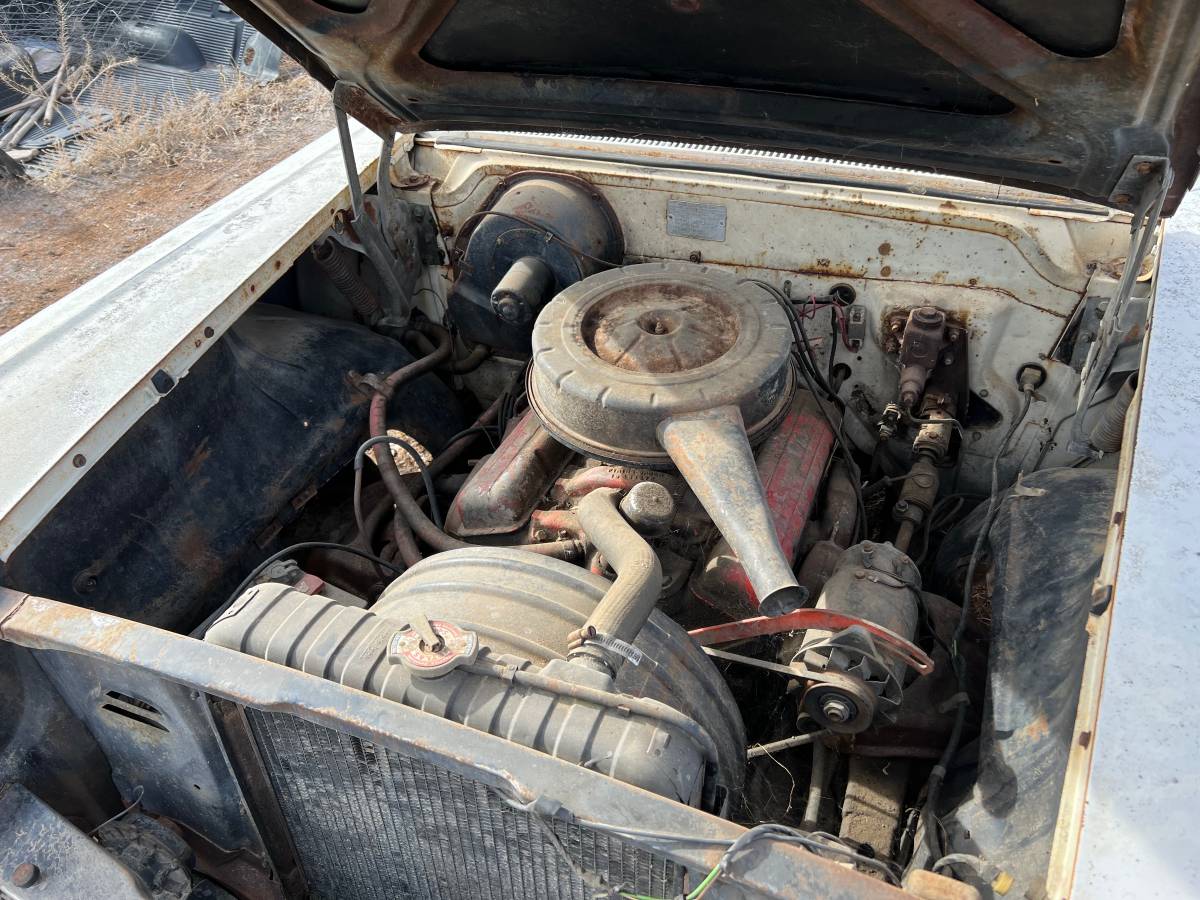Chevrolet’s refreshed lineup posed significant challenges for Ford, particularly with the rapid rise of the Impala. Originally launched as a version of the Bel Air, the Impala quickly distinguished itself and exceeded sales projections, eclipsing its predecessor.
Debuting in 1958, the Impala drew immediate interest with its stylish hardtop and convertible models, quickly becoming Chevrolet’s premier offering. Its remarkable success led to a shift in consumer preferences and altered the company’s production priorities.
Equipped with the new 348 V8 engine, the Impala set itself apart with powerful performance and a wide range of available features. While pricier than the Bel Air, the Impala offered unmatched versatility and appeal, solidifying its position as Chevrolet’s flagship model.

Today, surviving examples of the 1958 Bel Air, like the one recently listed for sale, represent a piece of automotive history. Despite its rough condition, with signs of rust and wear, the Bel Air retains its originality and potential for restoration.
While the asking price has been significantly reduced, the Bel Air still presents a compelling opportunity for restoration enthusiasts. With its original 283 V8 engine and 99% of its parts intact, the Bel Air offers a solid foundation for a restoration project, albeit requiring thorough inspection and potential repairs.
Ultimately, the decision to invest in the Bel Air depends on the extent of its restoration needs and the buyer’s willingness to undertake the project. Despite its challenges, the Bel Air remains a classic symbol of automotive design and craftsmanship, worthy of preservation and restoration efforts.

